
Ingredient
Rice beans (with pods)
The Versatile Delight: Exploring Rice Beans with Pods
Rice beans, also known as yardlong beans or snake beans, are slender, long pods that encase small, flat, and creamy white beans. The pods are crisp and tender, while the beans have a mild, nutty flavor. The beans are typically harvested when young and tender, as they become tough and fibrous as they mature. The vibrant green color of the pods adds visual appeal to dishes, and the beans provide a delightful crunch.
Origins and history
Rice beans are believed to have originated in Southeast Asia, particularly in India and China. They have been cultivated for centuries and are an integral part of Asian cuisines. These beans were introduced to other parts of the world through trade routes and colonialism. Today, they are widely grown in tropical and subtropical regions across Asia, Africa, and the Americas.
Nutritional information
Rice beans are a nutritious ingredient, rich in fiber, vitamins A and C, and minerals such as potassium and iron. They are low in calories and fat, making them a healthy addition to meals.
Allergens
Rice beans do not typically pose any known allergens, making them suitable for most individuals.
How to select
When selecting rice beans with pods, look for bright green, firm, and unblemished pods. Avoid pods that are discolored, wilted, or have visible signs of damage. The beans inside should be small, plump, and free from mold or discoloration.
Storage recommendations
To maintain the freshness of rice beans, store them in a perforated plastic bag or airtight container in the refrigerator. They can be kept for up to a week. However, it is recommended to consume them as soon as possible for optimal taste and texture.
How to produce
Rice beans can be easily grown by amateur gardeners. They thrive in warm climates and require well-drained soil and full sun. Sow the seeds directly in the garden or in containers, ensuring a trellis or support for the vines to climb. Regular watering and occasional fertilization will promote healthy growth. Harvest the pods when they are young and tender for the best flavor.
Preparation tips
To prepare rice beans, trim the ends of the pods and remove any tough strings. Cut them into desired lengths or leave them whole. They can be stir-fried, steamed, blanched, or added to soups, stews, and curries. Rice beans pair well with garlic, ginger, soy sauce, and chili peppers. They retain their crunch even after cooking, making them a great addition to salads and stir-fries.
Substitutions
If rice beans are not available, green beans or snap peas can be used as substitutes. They offer a similar crisp texture and can be cooked in the same way.
Culinary uses
Rice beans are commonly used in Asian cuisines, particularly in stir-fries, curries, and salads. They add a refreshing crunch and vibrant color to dishes. They can also be pickled or fermented for a tangy and flavorful condiment.
Availability
Rice beans are commonly available in Asian markets and grocery stores in regions such as Southeast Asia, India, China, and parts of Africa. They can also be found in some specialty stores or farmers markets in other countries.
More ingredients from this category » Browse all

African locust bean (with pods)
The African Umami

Yardlong beans (with pods)
The Versatile Veggie: Exploring Yardlong Beans

Sword bean (young pods)
The Versatile Bean of the Tropics
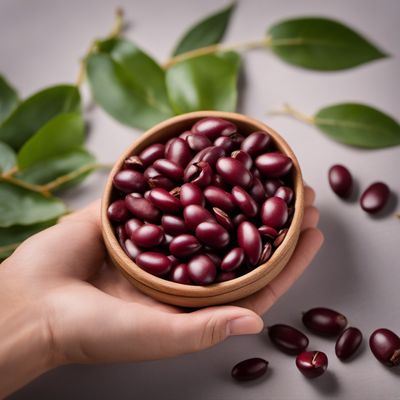
Azuki beans (with pods)
The Versatile Azuki: A Nutrient-Packed Legume with a Crunch

Mung beans (with pods)
The Versatile Green Gem
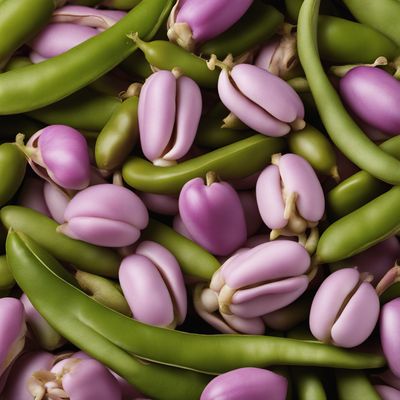
Lablab beans (with pods)
The Versatile and Nutritious Lablab Beans: A Pod of Health and Flavor

Soyabeans (with pods)
The Mighty Legume: Exploring Soyabeans (with Pods)
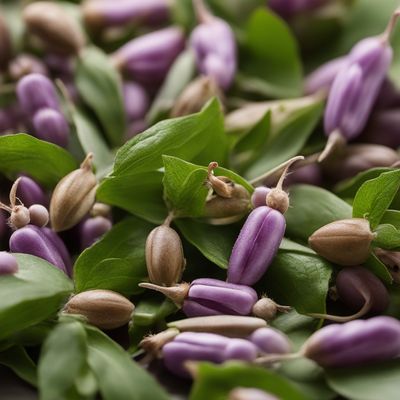
Monantha vetches (with pods)
The Podded Delight

Vetches (with pods)
The Versatile Vetches: Pods Packed with Potential

Mat bean (young pods)
The Green Gems of Legumes

Stink beans (with pods)
The Pungent Delicacy: Stink Beans

Guar beans (with pods)
The Versatile Guar Bean: A Nutrient-Rich Pod of Possibilities
Recipes using Rice beans (with pods) » Browse all

Baixaria de Frango (Brazilian Chicken Stew)
Savory Brazilian Chicken Stew: A Taste of Baixaria
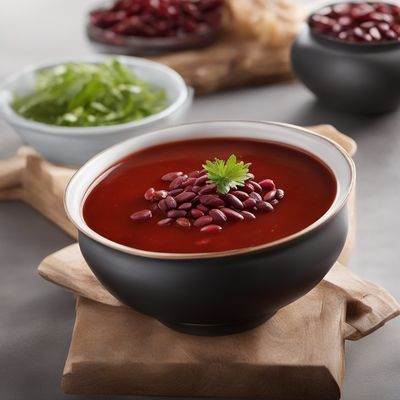
Liaoning-style Red Bean Soup
Savory and Spicy Red Bean Delight

Costa Rican Ciarduna
Tropical Delight: Costa Rican Ciarduna - A Fusion of Sicilian and Costa Rican Flavors

Zenzai con Coco - Latin American Twist on Japanese Zenzai
Coconut-infused Zenzai: A Fusion of Japanese and Latin American Flavors
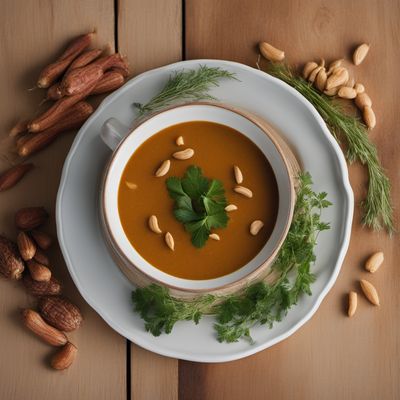
Sardinian Peanut Soup
Peanut Delight: A Sardinian Twist on a Classic Soup
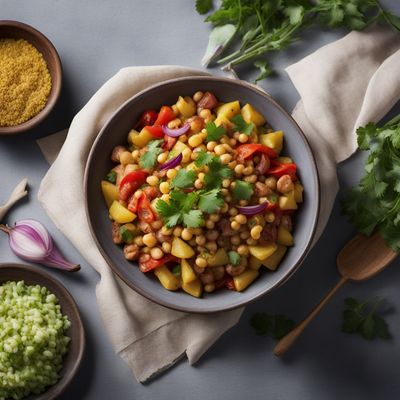
Plato Paceño with a Twist
Andean Delight: A Modern Twist on Plato Paceño

Bandeja Paisa - The Ultimate Colombian Feast
Colombian Delight: Bandeja Paisa - A Hearty Medley of Flavors

Dikgobe with a Southwestern Twist
Spicy Tex-Mex Dikgobe: A Fusion of African and Southwestern Flavors

Samay Baji Recipe
Nepalese Delight: Samay Baji - A Traditional Feast for the Senses
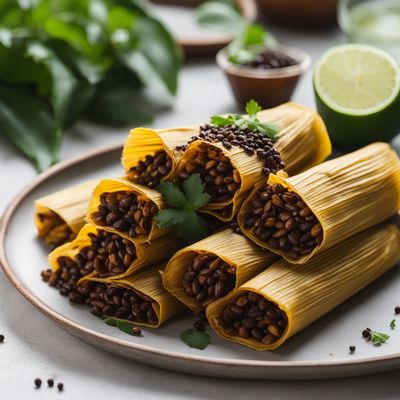
Guatemalan Black Bean Tamales
Savory Delights: Guatemalan Black Bean Tamales

Tacos de Frijoles con Queso
Cheesy Bean Tacos: A Mexican Delight

Salvadoran Fattah Ma'adem
Savory Salvadoran Rice and Bean Pilaf